
9 minute read
APPENDIX - Survey Questions
29) If there is a negative characteristic about the urban park you selected, could you please write it here? If there is nothing, please write NA. (ex. it is nice but there are not enough rubbish bin etc.)
The majority of the people responded to the question as how they respond the same question for squares. According to participants, dirtiness is the foremost negativity for an urban park. Most of the respondents are disturbed because of garbage around, insufficient rubbish bins and unrespectful people who throw litter or make barbeque. Also, insufficient greenery and concretion are one of the biggest problems for them. Moreover, some of the people stated that neglection, beggars and street sellers, unwanted noises, too much flyings, mud and insecurity have also negative effect on their perception and use of urban parks.
Advertisement
CHAPTER 4 CONCLUSION
4.1. Summary
Two topics are deemed important for the research: psychological well-being of urban citizens and public space. Meaning of the urban happiness and measurement methods for psychological well-being of citizens are explained and the importance of social interaction for urban happiness and effects on use of public spaces are stated with respect to previous studies. Besides, the definition of public space, its qualities, activities that take place in them and some of the effective design solutions to enhance urban happiness were clarified in the previous chapters. In the thesis, it is questioned that how can design of public spaces can contribute to the psychological well-being of the citizens from diverse background with respect to their type of activity. It is aimed to purpose effective design principles for squares and parks due to their multifunctionality and the characteristics of being a gathering point in the built environment, to enhance urban happiness in the cities. To reach to the aim, an online survey conducted for this research with the participation of random people from different backgrounds.
30
4.2. Discussion of Findings
First of all, the study found that nature penetrated in the public spaces are highly important for citizens. According to answers to the survey, the majority of the respondents tend to go to a public space with dominantly natural elements instead of activity nodes, when they are both alone and with a company. The fact remains that, people prefer to visit green areas to spend their time, mostly when they are alone. Likewise, most of the people want to sit on the grass which has much more freedom compared to benches, movable chairs or stairs. 249 participants marked “natural elements” , when they are asked about their priority for essential qualities in the public spaces. In addition to this, 270 people stated that lack of green in public spaces is annoying. They clarified their annoyance due to concretion and usage of the green areas as barbeque place.
Secondly, maintenance and cleanness of the space is essential for the subjective happiness of the citizens. “Cleanness” was not a choice for the question about essential qualities in a square or urban park, none the less the majority of the people mentioned it when the other qualities were asked. In addition to that, garbage in and around the public space is the most annoying situation for the answerers. Some of the people mentioned that they are also annoyed with the presence of people who throw litter in the public spaces. Moreover, when responders were asked about negative characteristics of their happy squares and urban parks, most of them answered as lack of rubbish bins.
According to the answers given to the survey questions, presence of restrooms is one of the essential opportunities in a square or an urban park. As well, insufficiency of restrooms, their dirtiness and closing times are one of the annoying situations as participants stated. However, presence of restrooms has minor effect on responders’ happiness. It could be deducted that people perceive basic needs such as eating, need to use the toilet etc. as only needs and a must; their presence doesn’t change their mood, but their deficiency could create annoyance. Similarly, easy access is one of the core opportunities in the public spaces regarding the survey results. However, at the same time, weak accessibility is not found annoyed by responders.
One other finding is on the topic of sitting opportunities. The majority of the people indicated that sitting opportunities is an essential factor in public spaces. Most of the people complain about
31
insufficient or not shaded sitting areas. On the other side, the study found that sitting arrangement have minimum effect on the happiness of people in a public space.
Yet another important point is security. The minority of the participants were stated that security cameras are needed in a square and urban park. However, most of the people mentioned to the need of security staff in the public spaces. According to the people, safety is crucial for use of a square or an urban park, but it needs to be protected by security staffs or by itself without needed anything or anybody.
According to the answers that were given to the 14. and 15. questions, people tend to spend their time in public spaces which can provide activities for the citizens. However, public spaces covered with dominantly paved elements are unpreferable considering responders’ answers. Participants concentrated on either public space with only activity zone or public space with dominantly natural elements instead of a public space with both greenery and activity node.
First five qualities which are the most essential for the responders are sitting opportunities, restrooms, shaded areas, easy access and natural elements. Also, the study found that, WIFI in public spaces is not essential for the citizens. Nevertheless, presence of shopping areas, security cameras and activities are not much important considering responses of the participants.
According to responders’ priorities, first three features which are the most annoying are unsafe zone, garbage around and traffic jam around the space. Besides, difficulty in wayfinding, weak accessibility and noise of people don’t affect people that much.
Participants visit squares mostly for walking, resting, eating or drinking, access to transportation and waiting for somebody and they like the smell of the place (trees, flowers, etc), its landmark and design. Similarly, they visit urban parks mostly for getting in touch with nature, walking, resting, socializing and eating or drinking and they like the smell of the place, plant types and variation and sounds.
The study also found that, most of the people don’t know what square or urban park is. The majority of the responders confused with squares and famous streets, urban parks or cities itself. Along similar lines, predominantly people confused with urban parks and botanical gardens, forests and
32
wildlife parks. In addition to that, when participants were asked a square and an urban park in which they felt happy or they might feel happy, majority of them couldn’t find an answer.
Another finding is about memories. The survey proved that memories have an important power on psychological well-being of people and the identity of the public space. Great number of participants expressed that memories are one of the reasons that can make them happy in that place. Also, under favour of memories, they can remember the space as it is or with the qualities that responders like.
Lastly, social interaction has great effect on usage of public spaces by citizens. The better part of the responders visits urban parks for socializing. Also, they mentioned that it is nice to watch people and talk to them. Half of them likes to be in crowd but for them the problem is confined spaces which can not carry so many people.
33
REFERENCE LIST
Ballas, Dimitris. 2013. “What makes a happy city?” Elsevier: Cities 32, 39-50.
Bansal, Garvit, Bige Tuncer, and Francisco Benita. 2019. “Public Spaces and happiness: Evidence from a large-scale field experiment.” Health & Place 56, 9-18. https://doi.org/10.1016/j.healthplace.2019.01.014
Bartetzky, Arnold. 2009. Urban Planning and the Pursuit of Happiness: European Variations on a Universal Theme in the 18th-20th Century. Edited by Marc Schalenberg. Berlin: Jovis Diskurs.
Brouwer, Ronald. 2004. Happy: Cities and Public Happiness in Post-War Europe. Edited by Michelle Provoost, Kristin Feireiss and Cor Wagenaar. Rotterdam: NAi Publishers.
Button, Alain De. 2008. The Architecture of Happiness. New York: Vintage Books.
Cattell, Vicky, Nick Dines, Wil Gesler, and Sarah Curtis. 2008. “Mingling, observing and lingering: Everyday public spaces and their implications for well-being and social relations.” Health & Place 14, 544-561.
Elsamahy, Eslam, and Rana Abd El-Fattah. 2018. “Designing Non-stressed Psychological Public Spaces.” BAU Journal: Health & Well-being, special edition, 121-132.
Gehl, Jan. 2011. Life Between Buildings: Using Public Space. Washington: Island Press.
Goregenli, Melek. 2010. Çevre Psikolojisi; 1-11, 97-113, 171-221. Istanbul: Istanbul Bilgi Universitesi Yayinlari
Habtour, Rebecca. 2016. “Designing Happiness: Architecture and Urban Design for Joy and Well-being.” Master of Architecture diss., University of Maryland.
Hampson, Sarah. 2012. “How space and architecture influence happiness.” The Globe and Mail, March 18, 2012. https://www.theglobeandmail.com/life/relationships/how-space-andarchitecture-influence-happiness/article4095979/
34
Kaiserman, Joanna. 2017. “Urban Nature for Well-being: Design Recommendations for Psychological Benefits in Urban Public Spaces.” Master of Urban Planning diss., University of Washington.
Leyden, Kevin M., Abraham Goldberg, and Philip Michelbach. 2011. “Understanding the Pursuit of Happiness in Ten Major Cities.” Urban Affairs Review 47 (6): 861-888.
Montgomery, Charles. 2013. Happy City: Transforming Our Lives Through Urban Design. New York: Farrar, Straus and Giroux.
Okulicz-Kozaryn, Adam. 2015. Happiness and Place: Why Life is Better Outside of the City. New York: Palgrave Macmillan.
Pfeiffer, Deirdre, and Scott Cloutier. 2016. “Planning for Happy Neighborhoods.” Journal of the American Planning Association, 1-10. http://dx.doi.org/10.1080/01944363.2016.1166347
Qun, Lee Chao. 2017. “A Place between Architecture and Happiness: Urban Design for Joy and Well-being.” Master of Architecture diss., University of Strathclyde.
Ricci, Natalie. 2017. “The Psychological Impact of Architectural Design.” Senior diss., Claremont McKenna College.
Rong, Lim Wan. 2018. “Architecture for Urban Happiness: Creating a New Positive Typology.” Master of Architecture diss., Singapore University of Technology and Design.
Sepe, Marichela. 2016. “The Role of Urban Space to Achieve Urban Happiness.” In Urban Regeneration & Sustainability, edited by C.A. Brebbia, A. Galiano-Garrigos, 364-372.
Wernick, Jane. 2008. Building Happiness: Architecture to Make You Smile. London: Black Dog Publishing.
35
APPENDIX
Survey Questions
36
37
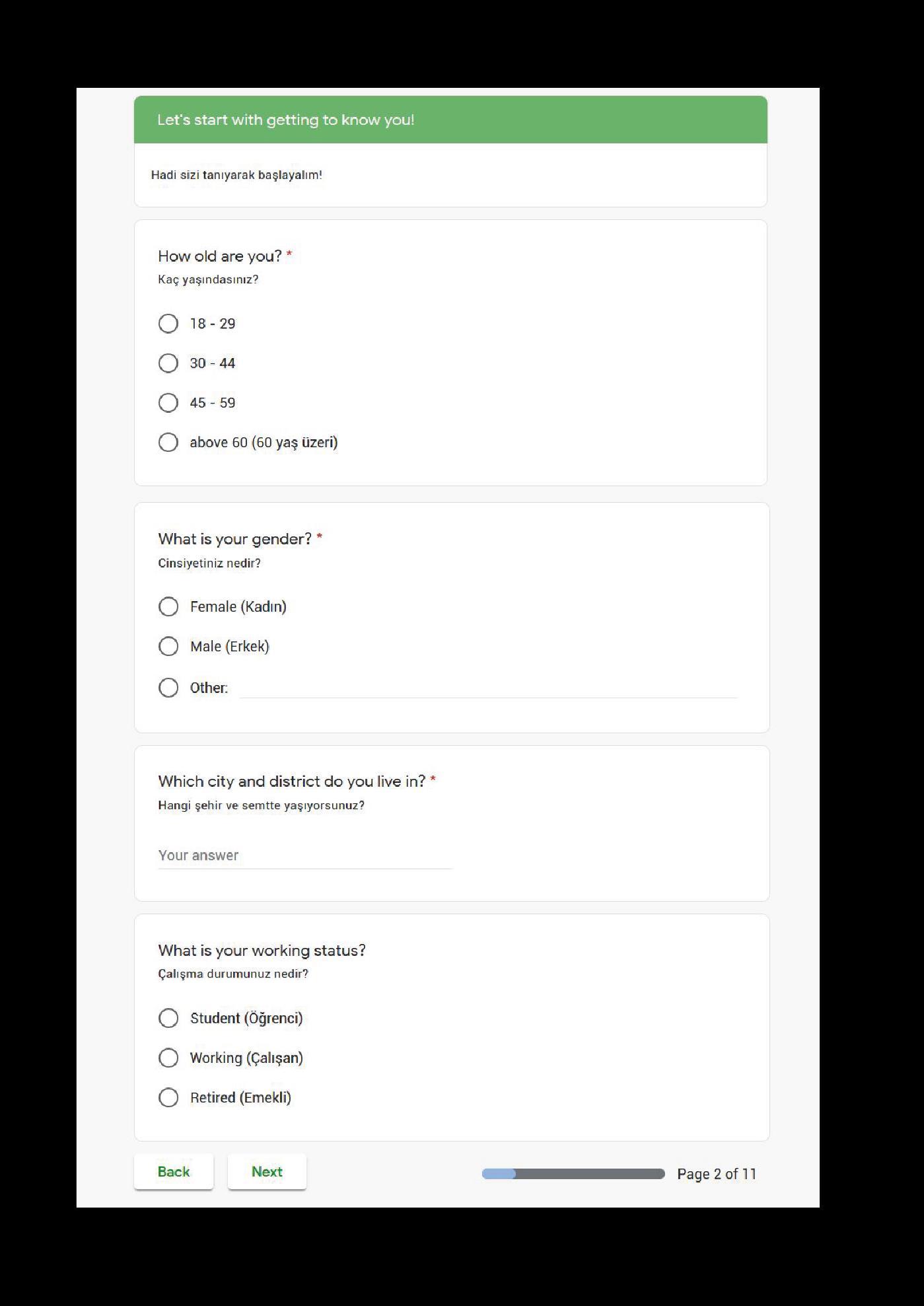
38
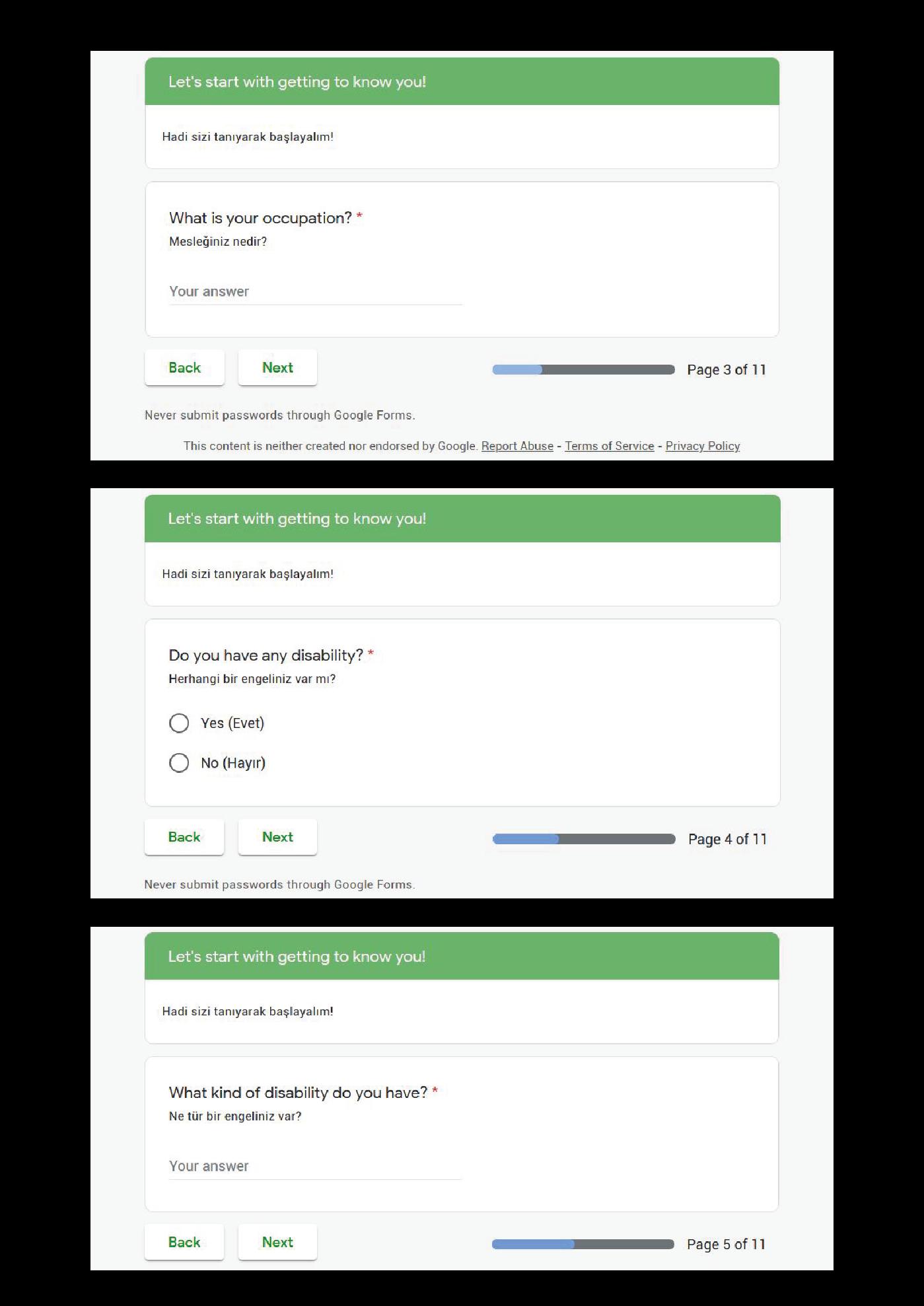
39

40

41
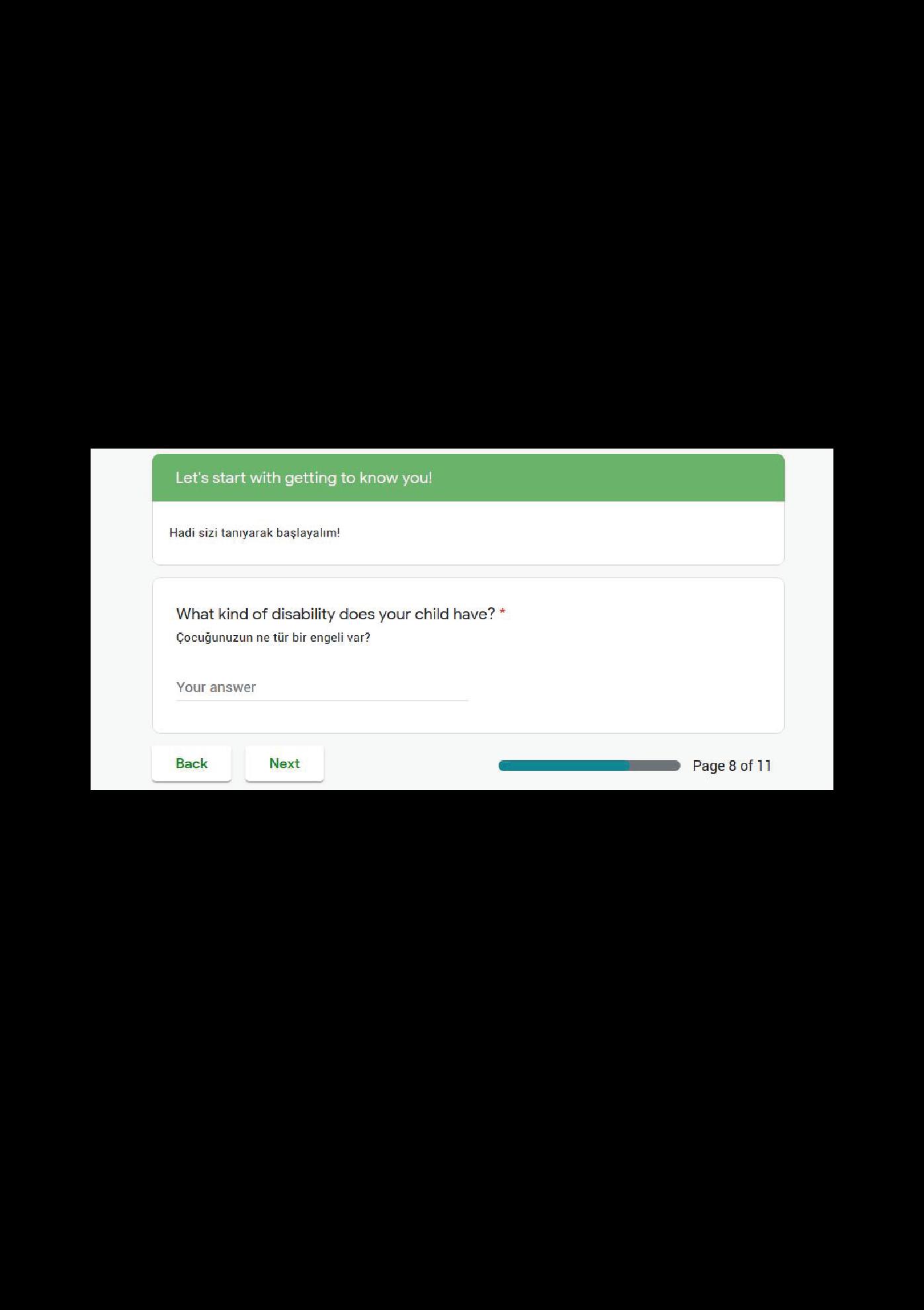
42
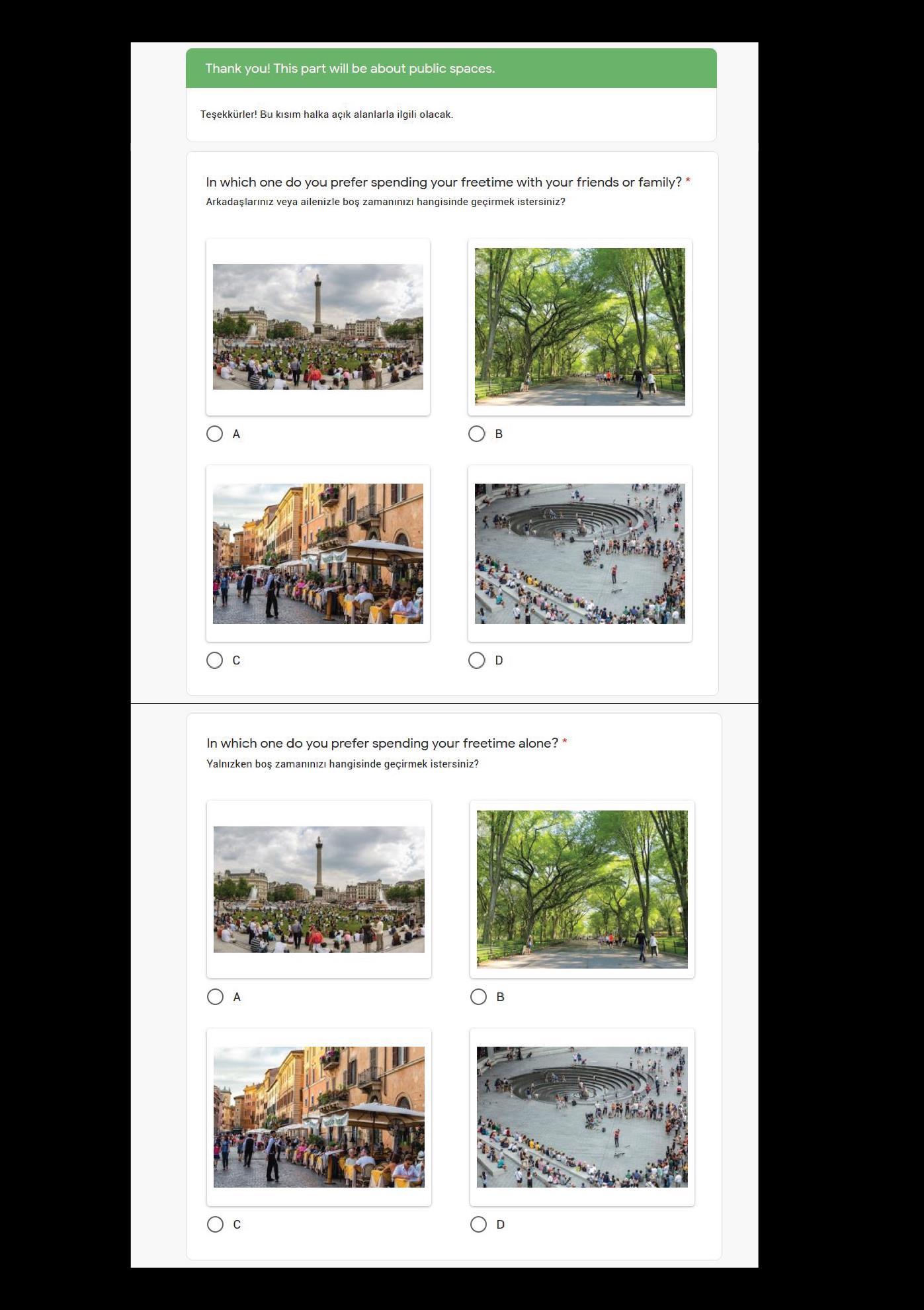
43
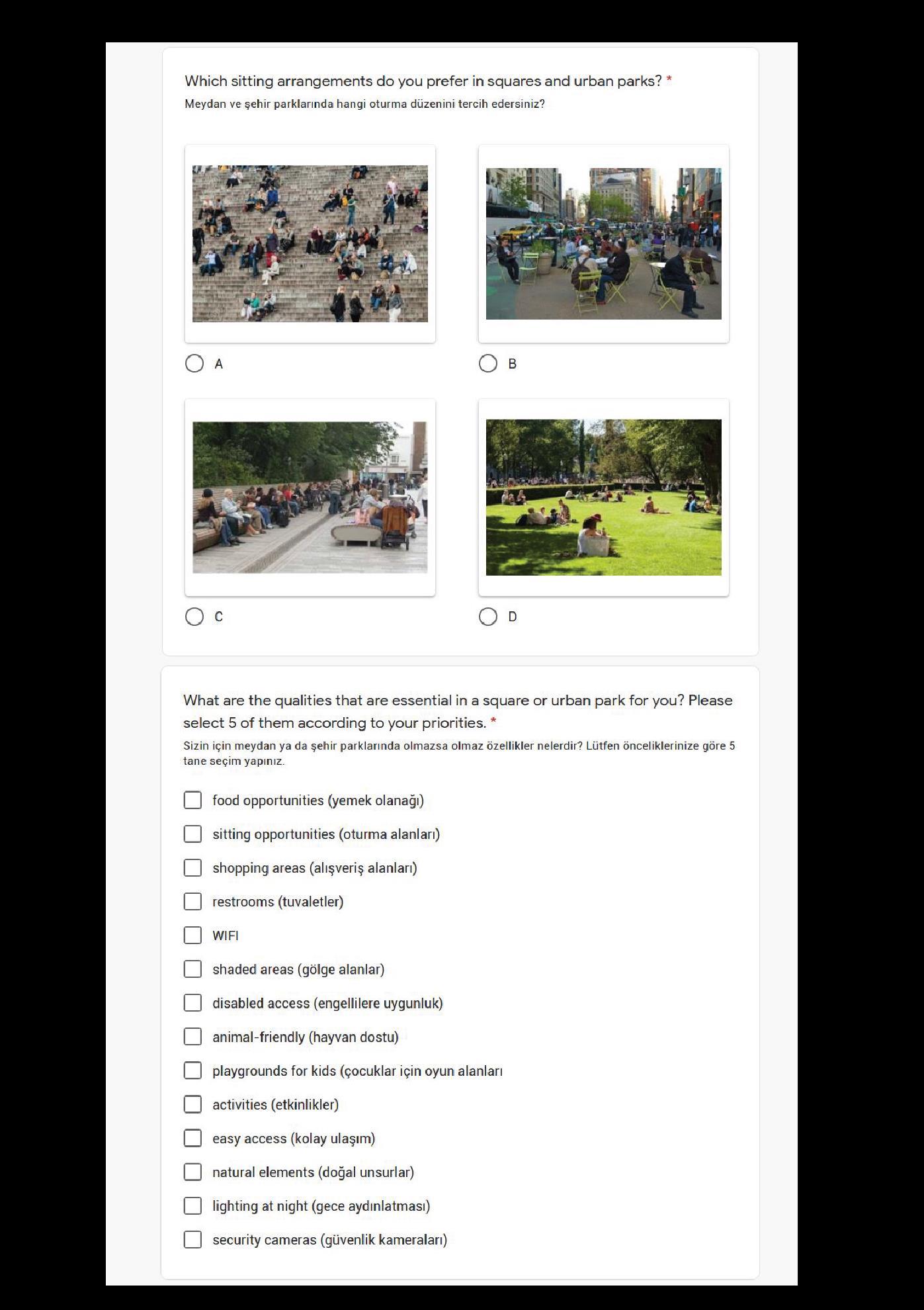
44
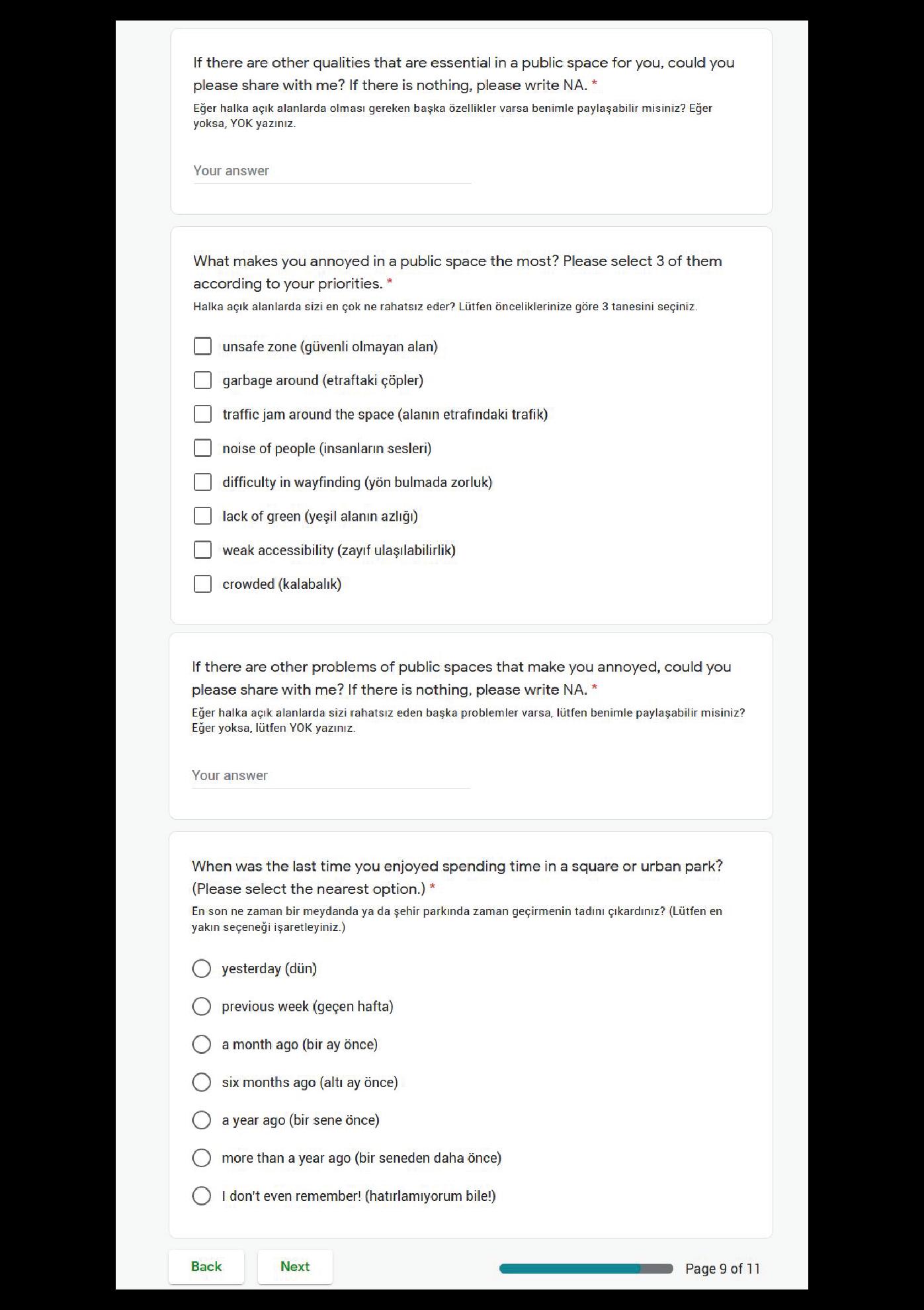
45

46

47
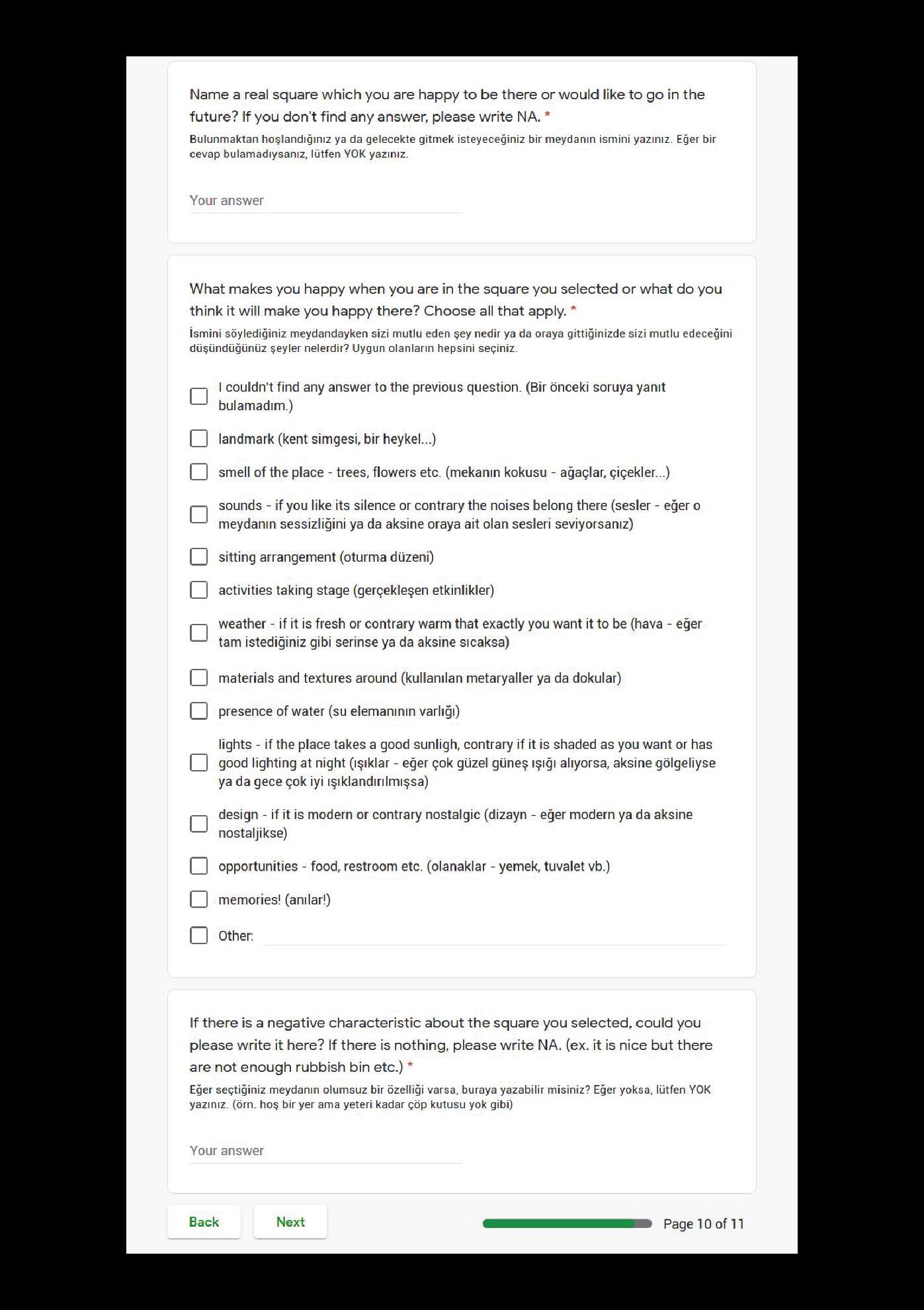
48
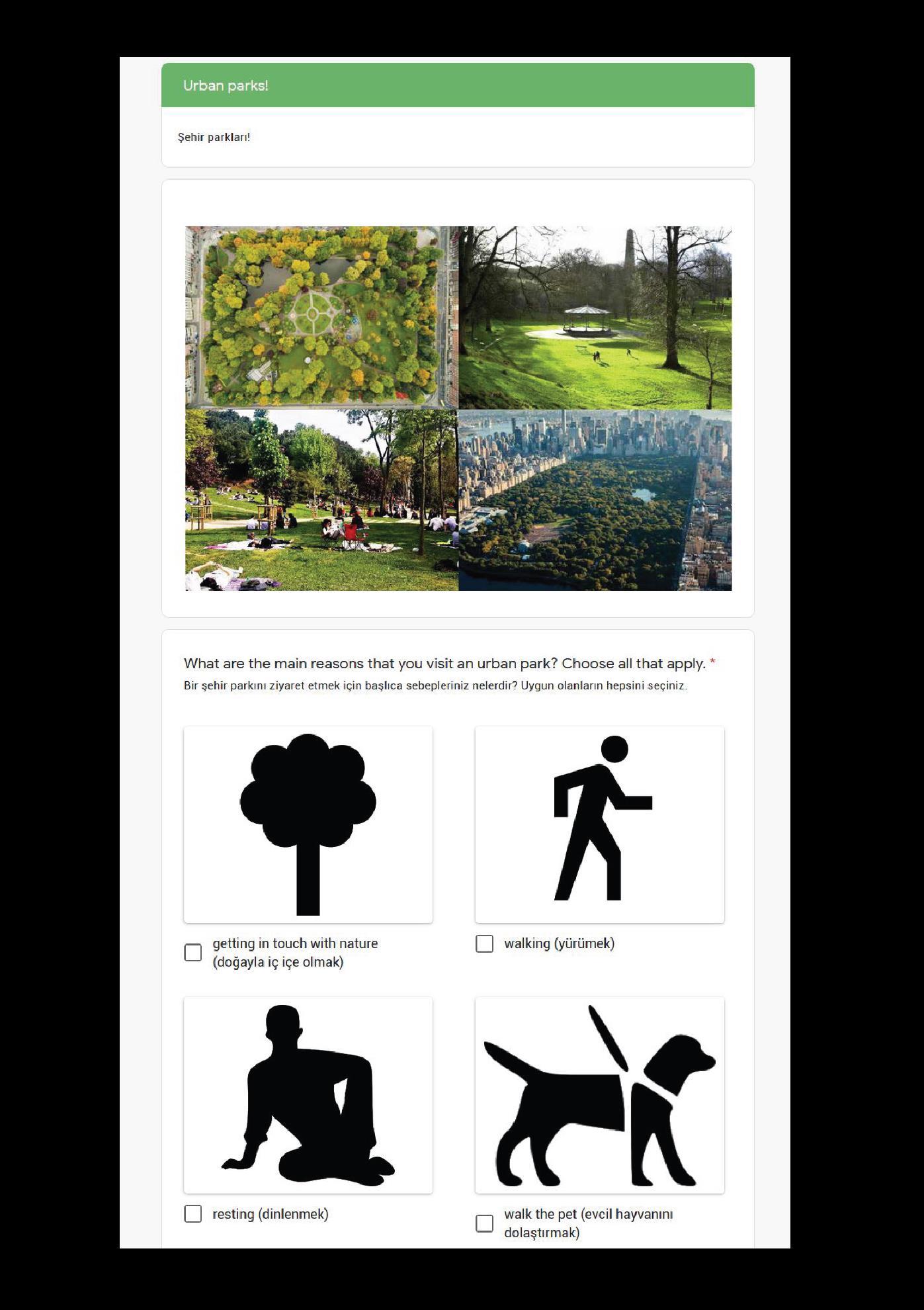
49

50







